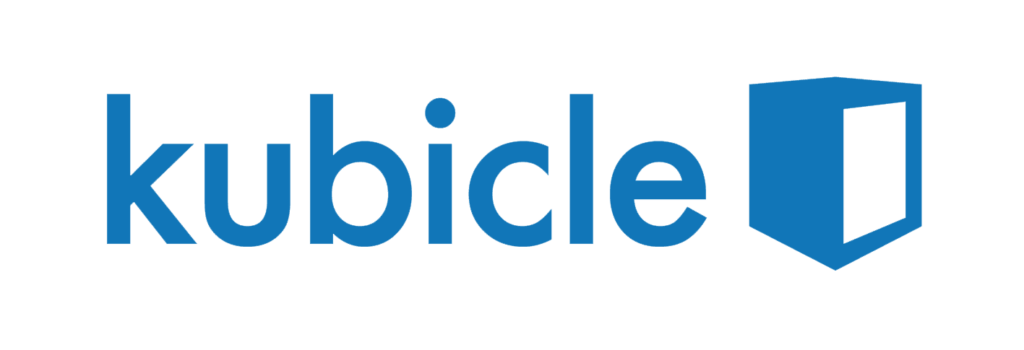Staying Competitive
The facts are staggering. Organisations that want to stay competitive must equip their staff with data literacy skills.
Fortunately, many companies have developed strategies for implementing successful data literacy training initiatives. In this article we will discuss how businesses can implement successful data literacy training initiatives and provide real-world examples of businesses that have benefited from developing an internal data literacy up-skilling program.
Assess Your Company’s Data Literacy Needs
The first step for any business that wants to implement successful data literacy training is to assess the company’s current level of data literacy. This involves understanding the skills and knowledge already possessed by staff, and identifying gaps where additional training is required. Many organisations will find that staff possess some level of data literacy, but there may be areas where further development is needed. It’s important to identify and address these gaps in order to ensure a successful training program.
Several methods can be employed to determine the current level of data literacy within your organisation.
One popular method is through skills assessments. These assessments can range from basic questionnaires to more complex tasks that require the use of data analytics tools.
Another approach is employee interviews. By conducting focused one-on-one discussions or group interviews, you can gain insights into the staff’s comfort level with data, their perceived importance of data literacy, and their willingness to learn.
Also, performance reviews can be a useful tool. If employees are frequently missing targets or making decisions without data, this might indicate a lack of data literacy.
Lastly, online data analytics training can serve as both an assessment tool and a training resource. These platforms typically offer courses ranging from data analytics training for beginners to advanced certification programs. As employees’ progress through the modules, you can gauge their current skill level and areas for improvement.
Develop A Comprehensive Data Literacy Training Program
Once you have identified the areas where data literacy needs improvement, you can then develop a comprehensive training program. This should include both theoretical and practical elements, and should be tailored to the needs of the organisation. The goal is to create an environment in which data literacy skills are continually developing, enabling staff to refine their understanding and apply their knowledge in day-to-day operations.
It’s also important that your data literacy training program is flexible and can be tailored to meet the individual needs of staff. This could involve providing additional resources or offering one-on-one sessions with experts in the field. By creating a program that is tailored to your company’s specific needs, you’ll ensure that everyone receives the training they need to become proficient in data literacy.
Invest In The Right Resources
In order to ensure that your data literacy training program is as effective as possible, it’s important to invest in the right resources. This could include books, online tutorials, and courses from recognized institutions; but more importantly, it should include access to experts who can provide guidance and advice on the best approach for each organisation. This will ensure that staff have access to the latest knowledge and best practices in data literacy, as well as the opportunity to ask questions where necessary.
Monitor & Evaluate Progress
Finally, it’s critical that you monitor and evaluate the progress of your data literacy training program. This can be done through a variety of methods, from surveys and interviews with staff to tracking metrics such as improved decision-making, increased efficiency, and better use of data. By taking the time to assess the effectiveness of your training program, you’ll be able to make adjustments as needed in order to ensure that everyone is getting the most out of their data literacy studies.
Data literacy training can help organisations take advantage of a wide range of new opportunities by equipping staff with the skills necessary to make the best decisions. By following the steps outlined above and investing in the right resources, businesses can create a comprehensive training program that is tailored to their needs and will help them get the most out of their data. For those looking to embark on this journey, it’s important to remember that success won’t happen overnight – with patience and perseverance, however, organisations can reap the rewards of a well-developed data literacy academy.
Getting Started with Data Literacy Training
Data literacy training is an important step in any organisation’s development, however, getting started can often be daunting. To overcome this challenge, businesses should identify what their goals are for their data literacy program – setting both short-term and long-term objectives will help them to plan appropriately.
Next, organisations should consider the type of data literacy training they need – for example, do they need a basic data literacy course to introduce their staff to the idea of data-driven decision making? Or do they need more advanced training on specific topics such as machine learning or predictive analytics? Knowing where your team’s skillset lies will help to determine the type of training required.
Once a training plan has been established, organisations should consider how they are going to deliver it and whether they need external assistance. Online courses are an effective way to get started with data literacy, however, businesses should also consider in-person training or workshops to ensure that everyone is on the same page. Additionally, businesses can enlist the help of external experts such as data scientists or consultants to provide additional guidance and advice.
Finally, organisations should invest in the right resources to ensure that their training is successful. Investing in the latest software and tools will enable staff to learn at their own pace and access learning materials from anywhere. Additionally, providing employees with access to real-world data will ensure that they are able to apply their learning in practical scenarios.
Ultimately, the success of any data literacy training initiative is dependent on the organisation’s commitment and investment.



